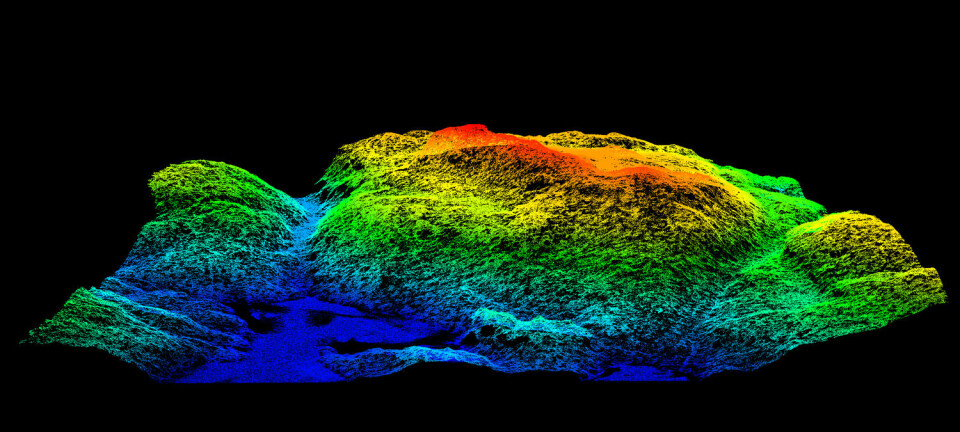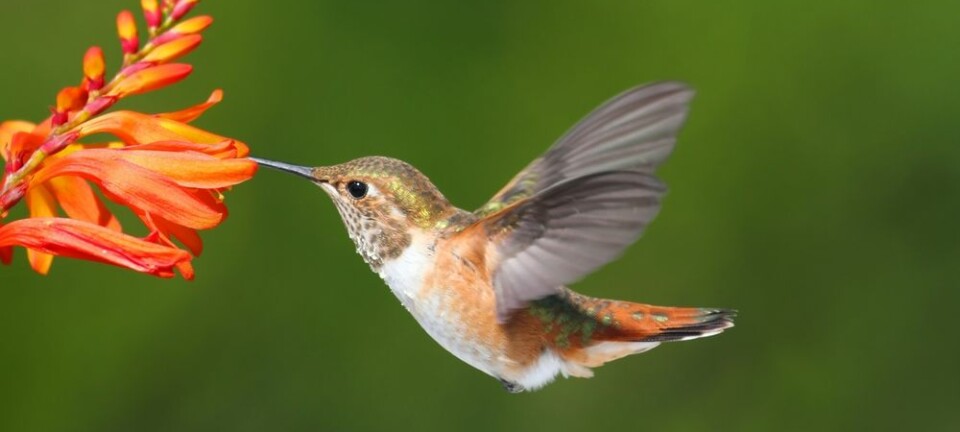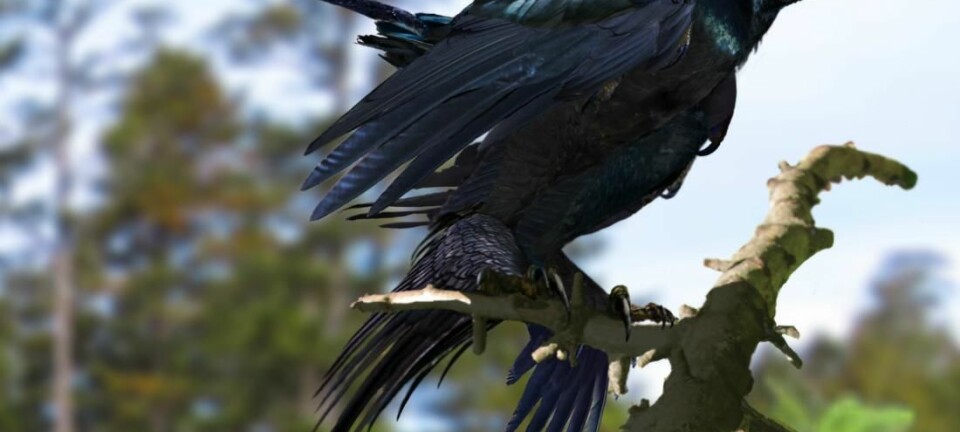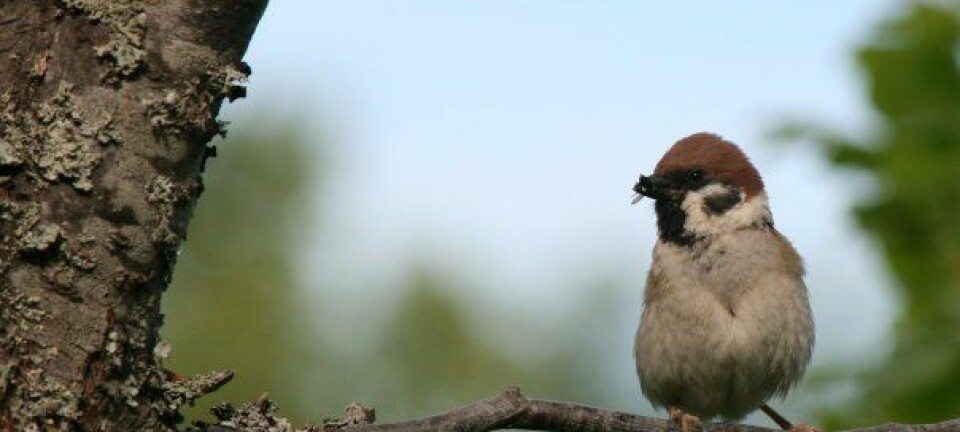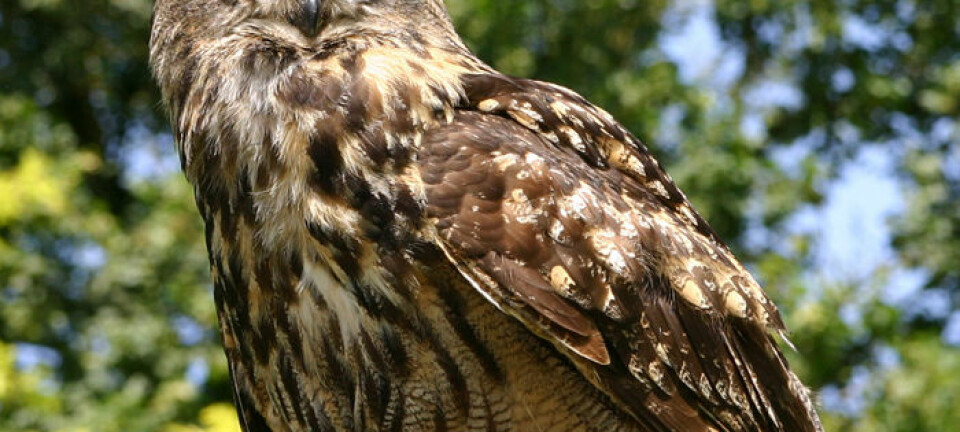
Climate and intensive farming push European birds into decline
Bird populations in Europe both benefit and suffer from warmer temperatures, while many populations are in decline due to threats posed by intensive agriculture.
Thanks to a vast network of avid bird watchers all across Europe, scientists have now published one of the largest studies showing precisely how European birds are responding to climate change.
It is good news for some local birds that are so far benefitting from warmer winters and spring--having stronger chicks that are more likely to survive the milder winters.
But for others the picture is bleak. Migratory birds are in decline, and cold-adapted populations in Northern Europe are increasingly under stress as their cold habitats are pushed ever further north.
Meanwhile, another threat from intensive agriculture looms in the background.
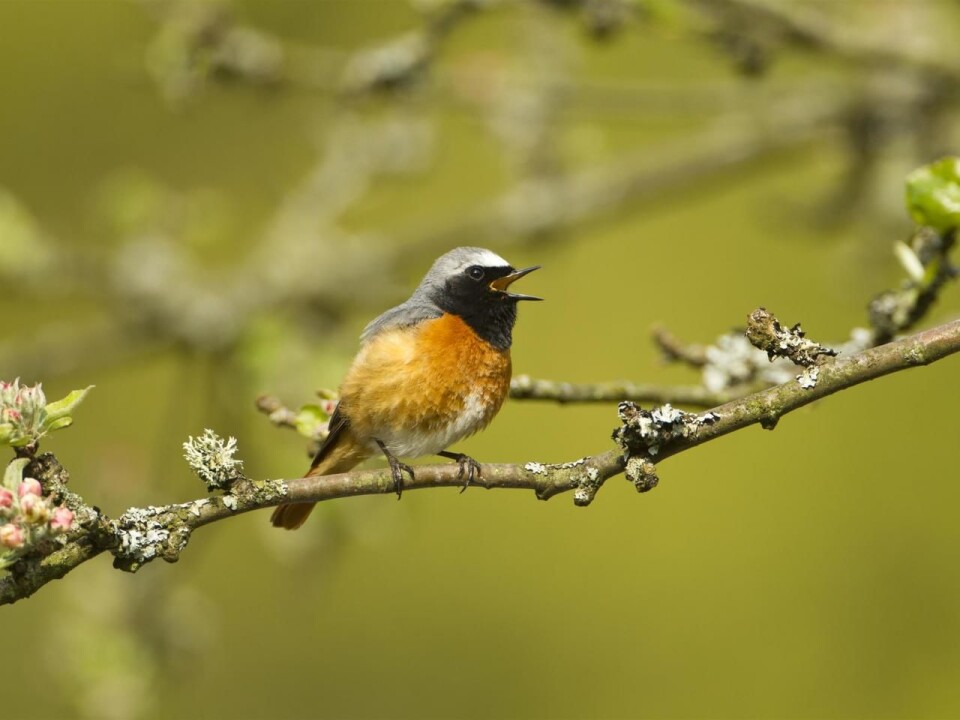
“It’s not only the climate that’s driving changes in bird populations. Intensive agricultural practices are also affecting these species,” says co-author Aleksi Lehikoinen, from the Finnish Museum of Natural History in Helsinki.
“If we want to help and predict how species will change in the future, then we need to consider their response to both climate change and intensified agriculture at the same time,” he says.
The research is published in the journal Global Change Biology.
Largest study of European birds and climate
Lehikoinen is one of the many coordinators on a massive project organised in part by the European Bird Consensus Council.
The project relies on thousands of volunteer bird watchers, from all over Europe, who are keeping track of species in their local area.
“We have volunteer birdwatchers in almost every EU country going out and collecting data on bird breeding times, typically in May and June,” says Lehikoinen, who collates this data for Finland and sends it to the EBCC.
Bird sightings have been collected from 18 European countries over the last 20 years, and all of the data are available for scientific research.
Some like it hot, some not
The team of scientists trawled through the data, looking for connections between climate and farming practices across Europe.
They found that European birds like the Short-toed treecreeper and the Collared Dove, that stay in Europe all year round, and the Goldfinch and the Woodlark, which migrate only short distances in winter, seem to be enjoying the milder winters and warmer spring temperatures.
“These birds are doing OK. Population numbers are doing well, even increasing,” says Lehikoinen.
“Also in the short term we see that the longer distance migratory birds coming from Africa do well after a warm European summer as the chicks are more likely to survive, which drives up the population size the following year,” he says.
However Lehikoinen is concerned for cold-adapted species like the Redpoll and Meadow Pipit, whose numbers are in decline as their cold habitats are pushed ever further north with rising temperatures.
Not only climate change affecting bird populations
But whilst long-distance migratory species like the Northern Wheatear and Common Redstart, appear to enjoy the warmer European summers, their numbers are nonetheless in decline.
Lehikoinen and colleagues attribute this long-term decline to a combination of climate change and loss of habitat due to intensive agriculture.
“The long distance migratory species are doing worse than the local birds as they have to migrate their way through a range of different environments where both climate and land use changes are occurring very rapidly,” says Lehikoinen.
“Intensive agriculture is a big factor here,” he says. “Populations of farmland birds are declining in areas where there is high crop yield, putting these birds under a lot of stress.”
A novel approach confirms previous trends
The results do not come as a surprise to Martin Green, Lund University, Sweden, who also studies how European birds respond to changing environmental conditions.
He was not involved in the research, but describes it as a “very useful contribution to the field.”
“The results on their own don’t strike me as ‘wow! This is completely new!’ As I’ve seen most of this before in other studies,” says Green.
“But what’s really new here is the scale of the analyses. They look at so many factors across the whole of Europe in a single analysis using more advanced statistics, and this is really quite new in bird research,” he says.
According to Green, this new approach to studying bird populations is particularly useful here as it allowed Lehikoinen and colleagues to tease out how birds respond to short-term changes in climate, from one year to the next.
“This is particularly useful as it really makes the most out of the data that we have,” says Green.
